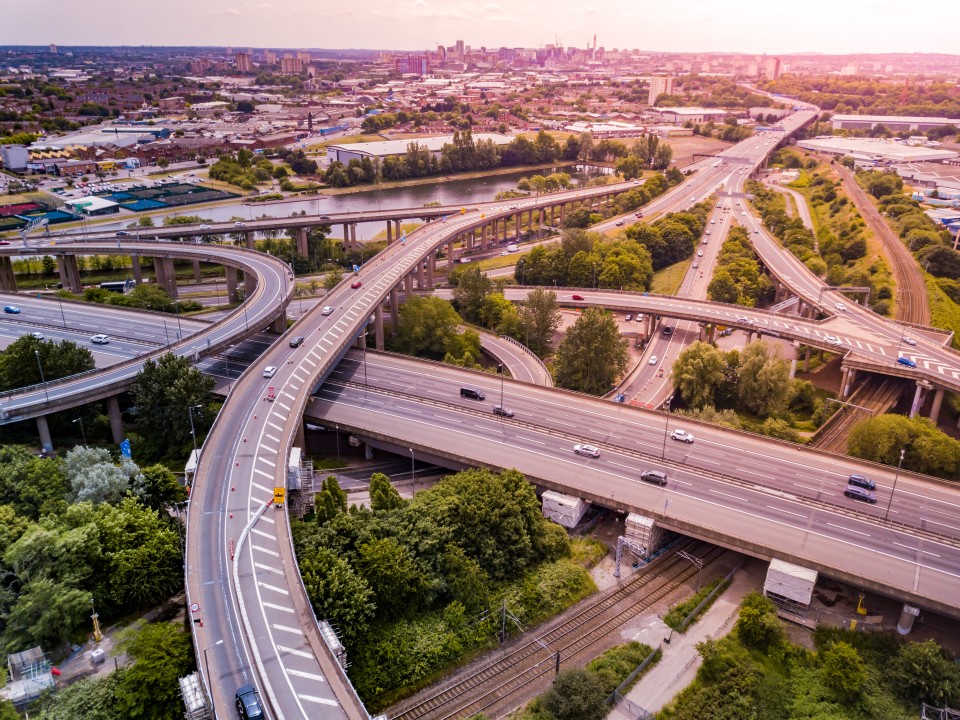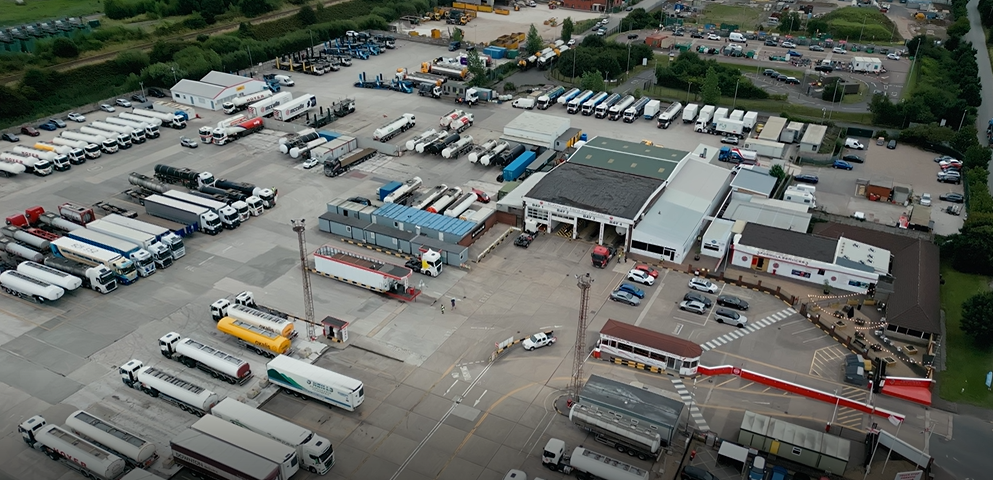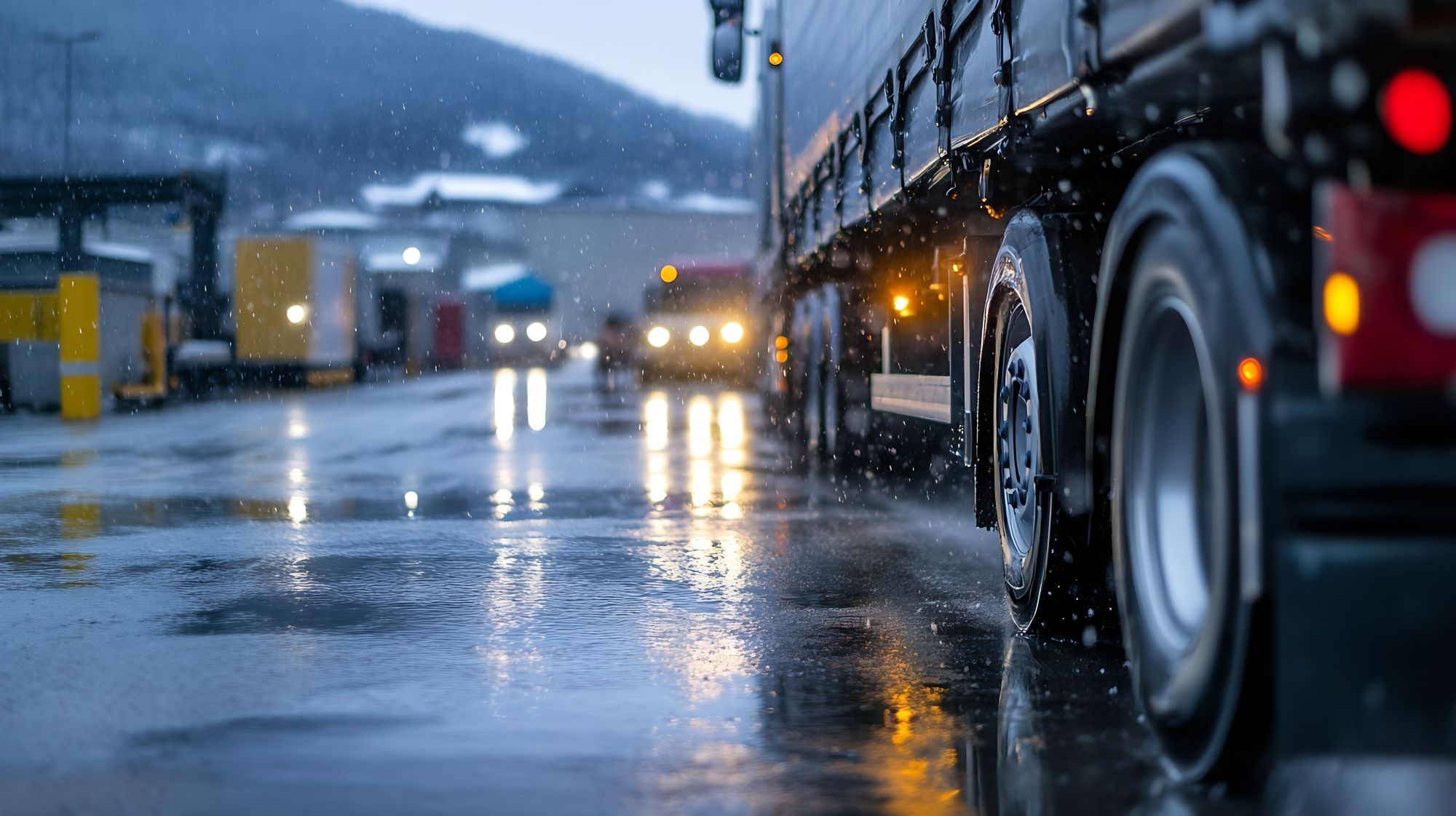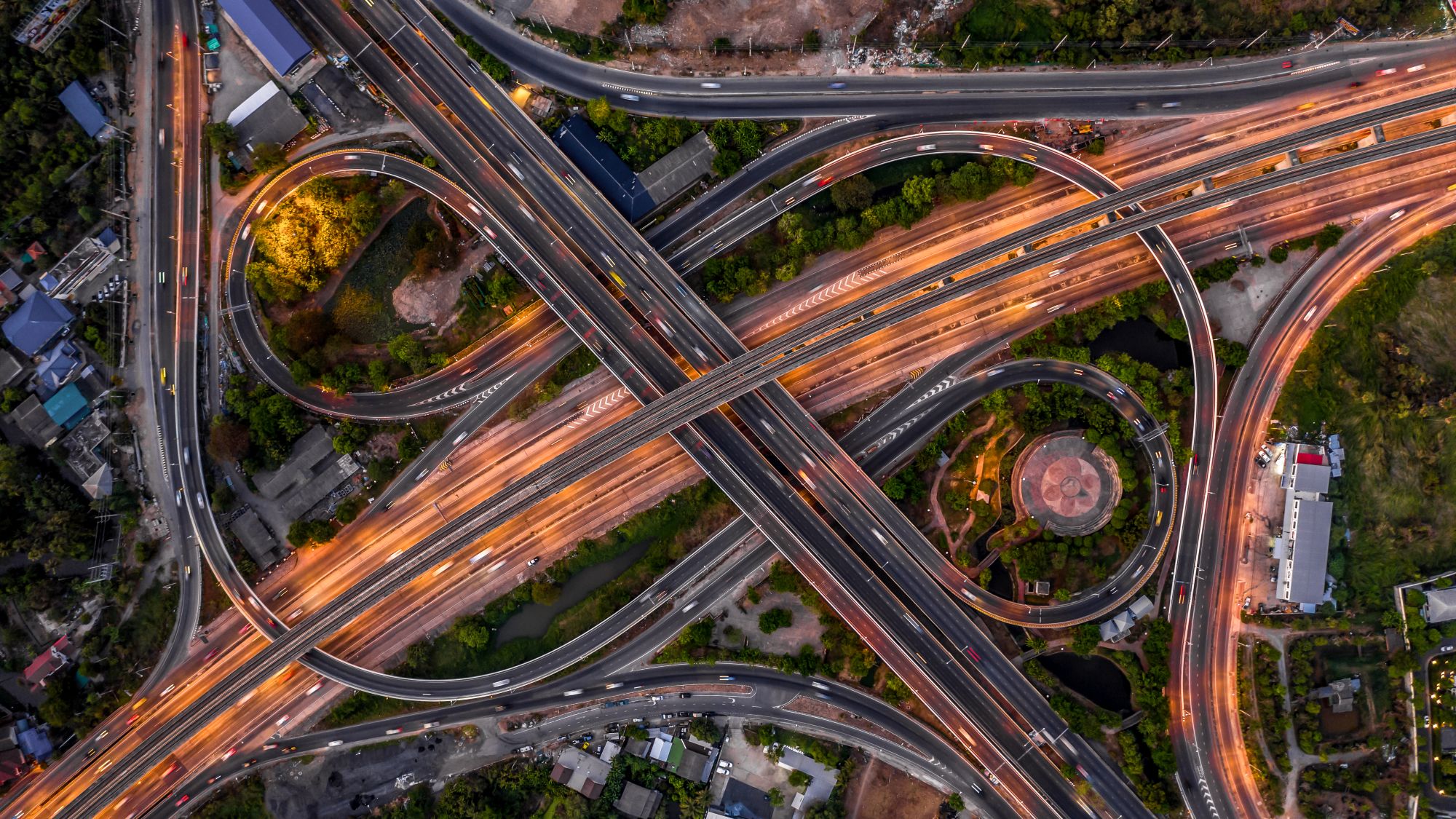
Susie Jones
Para onde vai a taxa sobre os veículos pesados de mercadorias?
Criado: 22/08/2024
•
Atualizado: 22/08/2024
No dia 1 de agosto de 2023, o Governo reintroduziu a taxa sobre os veículos pesados de mercadorias após uma suspensão de três anos. Desde a sua introdução em 2014, a taxa tem sido uma ocorrência regular, mas indesejável, para os profissionais do sector dos transportes - deixando muitos condutores e frotas a perguntarem-se quais são os benefícios.
O que é a taxa HGV?
O [sítio Web do Governo] (https://www.gov.uk/government/collections/hgv-road-user-levy) afirma que a taxa HGV:
"Assegura que todos os veículos pesados de mercadorias de 12 toneladas ou mais contribuam quando utilizam as estradas do Reino Unido."
Para que é que serve?
A taxa destina-se a fazer face ao impacto ambiental e aos custos de infraestrutura que os veículos pesados de mercadorias têm no Reino Unido. O seu objetivo e os benefícios que propõe são os seguintes:
Equidade - A taxa garante que os camiões que exercem uma pressão significativa sobre a infraestrutura rodoviária contribuem com a sua parte para os custos de manutenção e desenvolvimento.
Emissões - Devido ao impacto ambiental dos veículos pesados de mercadorias, a taxa incentiva a utilização de veículos mais limpos e mais eficientes.
Manutenção das estradas - O financiamento da taxa sobre os veículos pesados mantém e melhora a infraestrutura rodoviária, assegurando que aqueles que beneficiam da rede rodoviária contribuem diretamente para a sua manutenção.
Porque é que a taxa HGV foi suspensa?
Durante a pandemia de 2020, para ajudar a reduzir as responsabilidades financeiras dos transportadores britânicos e estrangeiros, o Governo suspendeu a taxa de HGV - estava prevista uma suspensão de um ano, mas foi alargada para três anos.
A nova taxa sobre os veículos pesados de mercadorias foi reintroduzida e tem como principais objectivos as emissões, o peso e o tempo de permanência no Reino Unido. Os transportadores podem esperar pagar entre £150 e £749, dependendo do peso do veículo (incluindo o peso do reboque), da sua classe de emissões Euro e do tempo que passa no Reino Unido.

Onde é que os condutores querem ver a taxa gasta?
Um relatório partilhado pela RHA afirmou que os seus membros queriam que os sinais de greve das pontes fossem pagos com a taxa. No entanto, um inquérito realizado através do Facebook identificou que 75% dos condutores queriam que o dinheiro da taxa sobre os veículos pesados fosse gasto em melhores instalações na estrada.
O camionista Luke queria que "a taxa sobre os veículos pesados fosse investida em estacionamento seguro, higiénico e acessível antes de qualquer outra coisa".
Sendo as paragens de camiões um refúgio para os condutores, é vital que proporcionem aos condutores excelentes instalações e estacionamento seguro. Para muitos condutores, estas paragens são mais do que um local para descansar e reabastecer - são um local que desempenha um papel crucial na melhoria do bem-estar.
Os condutores Ian e Peter querem que o dinheiro seja gasto na expansão da rede em todo o Reino Unido.
"Precisamos de mais locais para estacionar em segurança", afirma Ian. Peter explica que a indústria necessita urgentemente de "melhores instalações nas paragens, bem como de novas paragens para camiões".
Embora a reintrodução da taxa sobre os veículos pesados de mercadorias tenha sido recebida com um sentimento negativo por parte do sector dos transportes, as empresas têm de aceitar que veio para ficar. O seu papel assegura receitas para a manutenção das estradas e é vital para incentivar um sector limpo e mais eficiente.
Quem deve pagar a taxa de utilização das estradas para os veículos pesados?
Os operadores e os condutores são responsáveis pelo pagamento da taxa. Os veículos de fora do Reino Unido devem pagar antes de entrar no país. Os camiões registados no Reino Unido terão as taxas calculadas automaticamente pelo DVLA e pagas na mesma transação que a taxa de exercício do veículo.
O Governo ainda está a financiar a formação em veículos pesados de mercadorias?
Para ajudar a aliviar a pressão que o Brexit e a pandemia tiveram no sector dos transportes, em 2021, o Governo introduziu planos para colocar mais condutores na estrada. O financiamento proporcionou formação a 4.000 condutores para obterem a sua carta de condução de veículos pesados de mercadorias. Os HGV Skills Bootcamps foram abertos para financiar também outros alunos adultos.
O Ministério da Educação confirmou que o financiamento será concedido até ao final do ano letivo de 2023.



